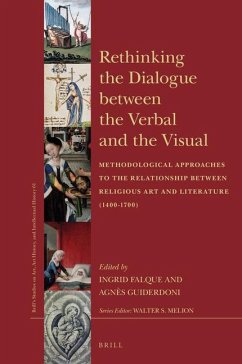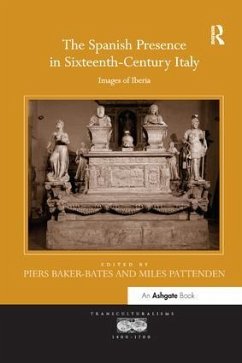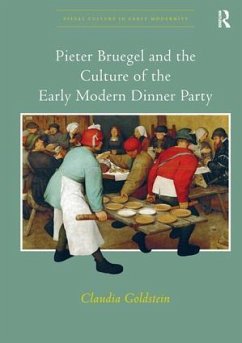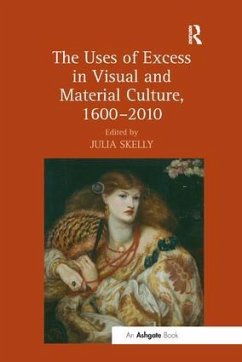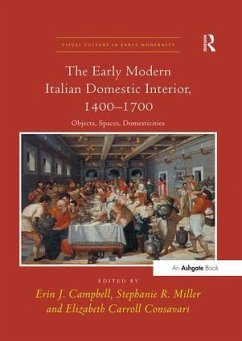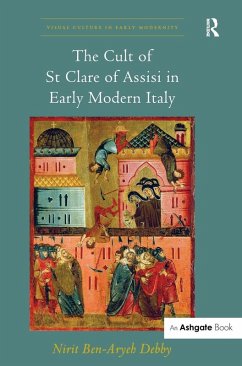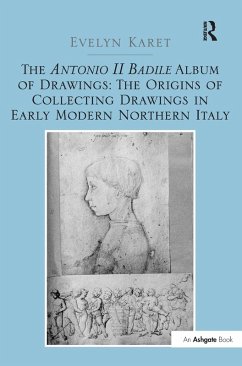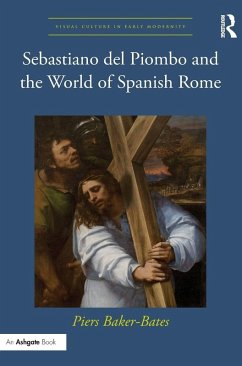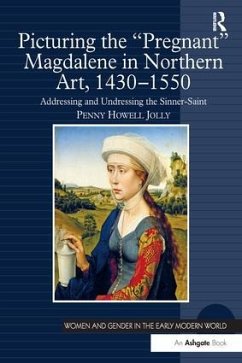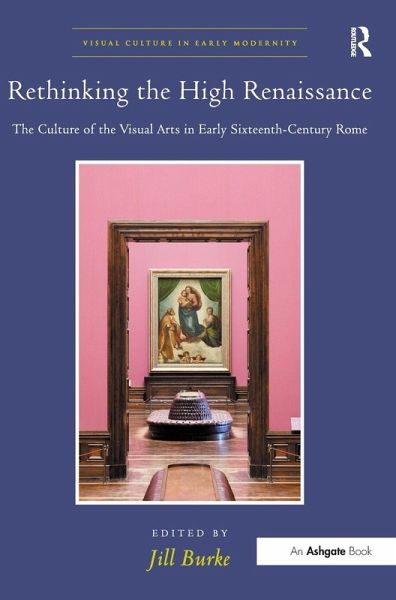
Rethinking the High Renaissance
The Culture of the Visual Arts in Early Sixteenth-Century Rome
Herausgeber: Burke, Jill
Versandkostenfrei!
Versandfertig in 1-2 Wochen
189,99 €
inkl. MwSt.

PAYBACK Punkte
95 °P sammeln!
Exploring how we can reconceptualise the High Renaissance in a way that reflects how we research and teach today, this volume proposes new approaches to the art of the period. Contributors focus on Rome, the paradigmatic centre of the High Renaissance narrative, as they question notions of periodisation, reconsider the Renaissance relationship with classical antiquity, and ultimately reconfigure our understanding of 'high Renaissance style'.





